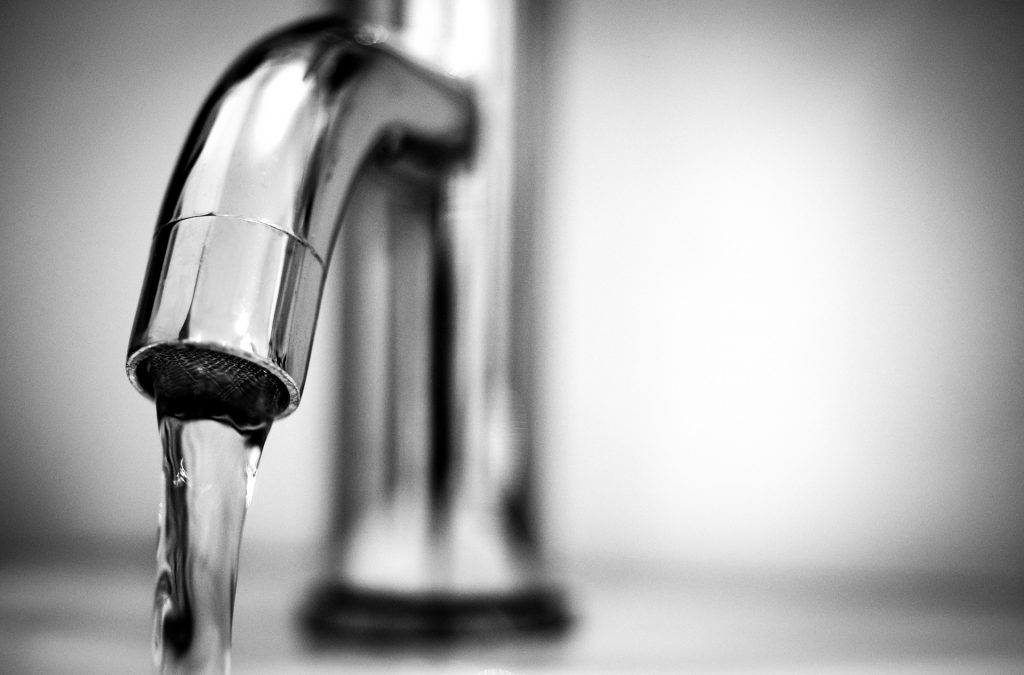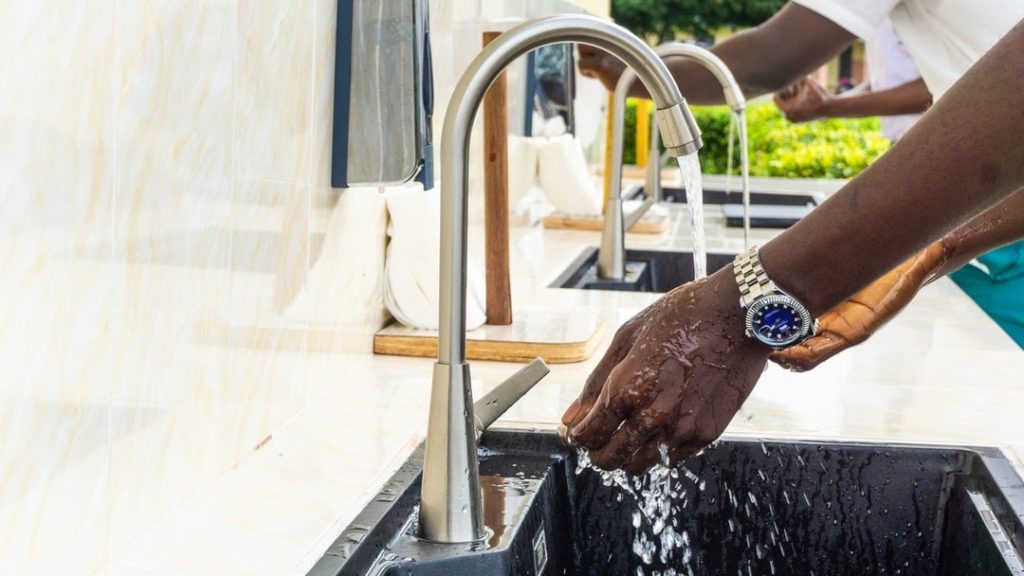Water entering your home at high pressure can damage your pipes and fixtures. Over time, this added pressure on your system can result in leaks or burst pipes. For this reason, knowing the water pressure regulator’s location is crucial.
Being able to answer the question of “where is my water pressure regulator” can be the difference in whether additional damage is sustained in the event of a pressure problem.
This guide is intended to help you understand what your water pressure regulator does, how to find it and what it can mean for the well-being of your plumbing system.
Where is the Water Pressure Regulator Located?
The standard residential water pressure regulator location is usually outside your home, just past the main shut-off valve for your water supply. If you are familiar with your shut-off valve, you should have no problem resolving the question, “where is my water pressure regulator?”
We can help you with that if you are unsure where to look. Let’s first discuss a bit more about what your water pressure regulator does.
What is the Purpose of a Water Pressure Regulator?
The water pressure regulator is a part of your plumbing system. The water pressure regulator or pressure reducing valve is installed on your incoming water supply line to regulate the water pressure flowing through your home’s pipes. You can recognize it as a bell-shaped component attached to your exterior pipes.
This device is necessary because many water supplies leave the city’s pipes at a higher pressure than you want to flood through the incoming water lines of your home. With a water pressure regulator installed, you can adjust this pressure if you find it is higher than you would like. Doing so can increase the lifespan of the incoming pipes that make up a part of your home plumbing system.
So, we must first answer the question: Where is my water pressure regulator?
Where Is My Water Pressure Regulator?
Have you ever had a leak or a burst pipe and had to turn off your water supply while you sought repairs? If so, then you should already have an idea of where to locate your water pressure regulator. Wherever you went to turn off the water is also where you will find the answer to where you can locate your water pressure regulator.
The valve you turned to shut off your water is your main shut-off valve. Once you know where that is located, you should be able to see the water pressure regulator near it on the same pipe.
Though this is usually located outdoors, in some instances, you might find it located in a basement, garage or other indoor water pressure regulator location due to unusual construction. Otherwise, you should see it outdoors, near the front side of your home.
Another option is that it may be inside the underground area where your water cut-off valve is located. Look for the small plate resembling a maintenance hole cover. You should find it between where the city or county supply lines run alongside the street and the pipes leading into your home.
If all else fails, consult any home inspection reports you may have from the purchase of your house. This item would have been included in your home inspector’s evaluation of your plumbing system.
If you’ve tried all of these things and still aren’t sure where to find your residential water pressure regulator, it might be time to call a licensed plumber like American Home Water and Air to help locate it.
Why Do I Need a Water Pressure Regulator?
Preventative care is one of the most important things you can do to maintain the good order of your home operating systems. A water pressure regulator will keep water from entering your home with too much pressure, creating extra wear and tear that can cause damage and reduce its longevity, but there are other benefits to be found:
- Cost savings – Your water meter logs how much water your home uses. A water pressure regulator reduces how much water is flowing into your home, thus lessening how much you are paying on your monthly water bill.
- Pipe preservation – High pressure causes vibrations and movement against joints that can damage connections and pipes. This can lead to leaks or burst pipes that result in costly repairs.
- Appliance health – Water entering your home at high pressure also enters certain appliances with the same power. This extra pressure can damage appliances such as washing machines, dishwashers and even your faucets. A water pressure regulator will prevent damage.
Do All Homes Have a Water Pressure Regulator?
No, and in some cases, you may not need one.
Certain municipal supplies regulate their water pressure safely, but if that pressure runs above 80 psi, you’ll want to protect your plumbing system by installing one. Phoenix considers anything between 40 and 100 psi acceptable, so you may be best served by having one installed for when the pressure reaches the high end of the range.
If you are unsure about the pressure of the water entering your home, it is easy to determine this by using a water pressure gauge. Checking it at different times of the day will give you a range, as most municipal water supplies vary based on peak usage times in your area.
How Long Will a Water Pressure Regulator Last?
A properly installed water pressure regulator should last ten to fifteen years. No maintenance is required during its lifespan, so there isn’t much you can do to extend how long it lasts. There’s not much active maintenance that can go into one of these, so it is difficult to extend its lifespan. However, it is vital to have one as it can help save your plumbing system from preventable damage caused by high water pressure.
Hopefully, this guide has given the information you need about where to find your water pressure regulator and why having one is necessary. If you need more information, you can always contact American Home Water and Air experts to discuss your concerns or get answers to any remaining questions.














